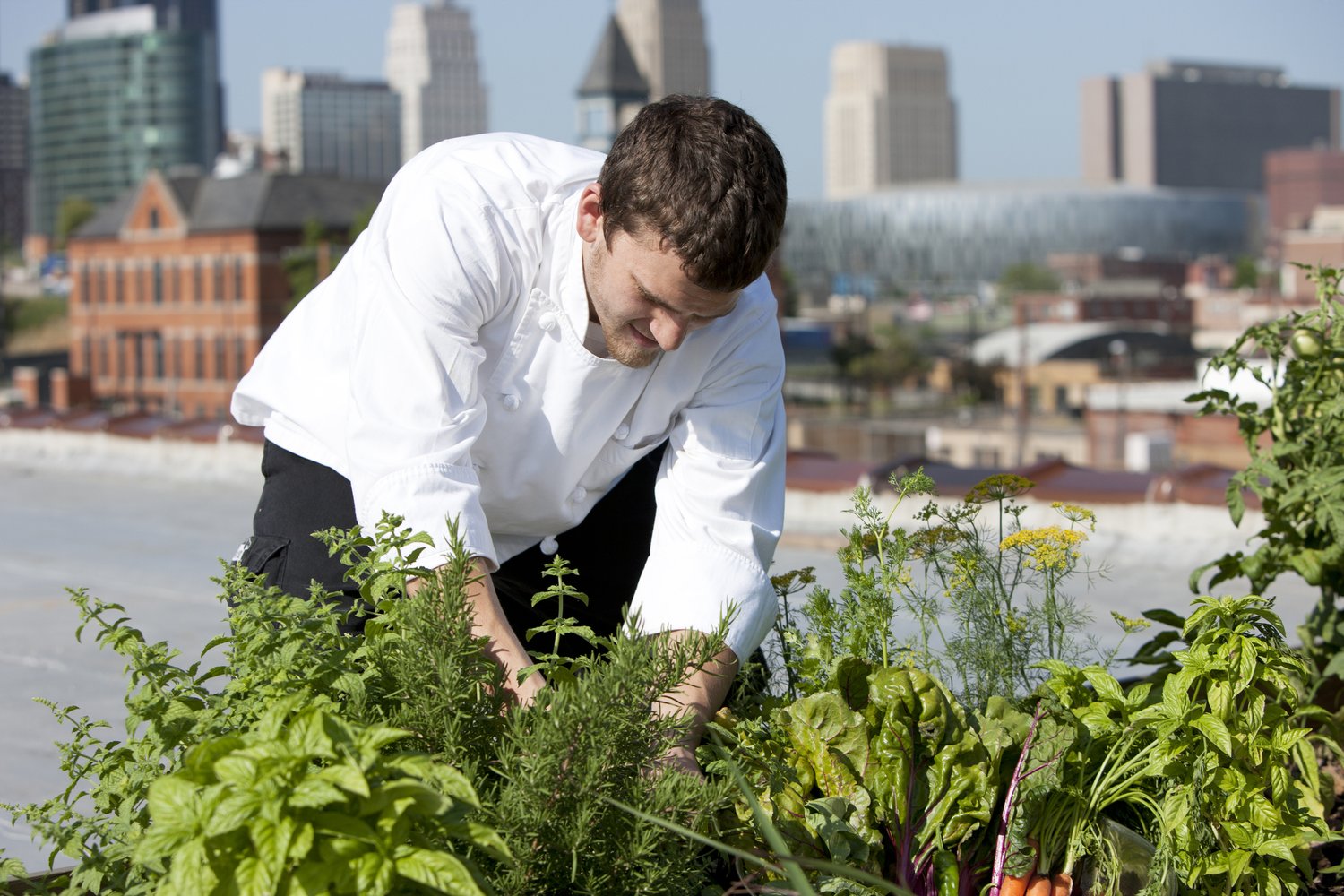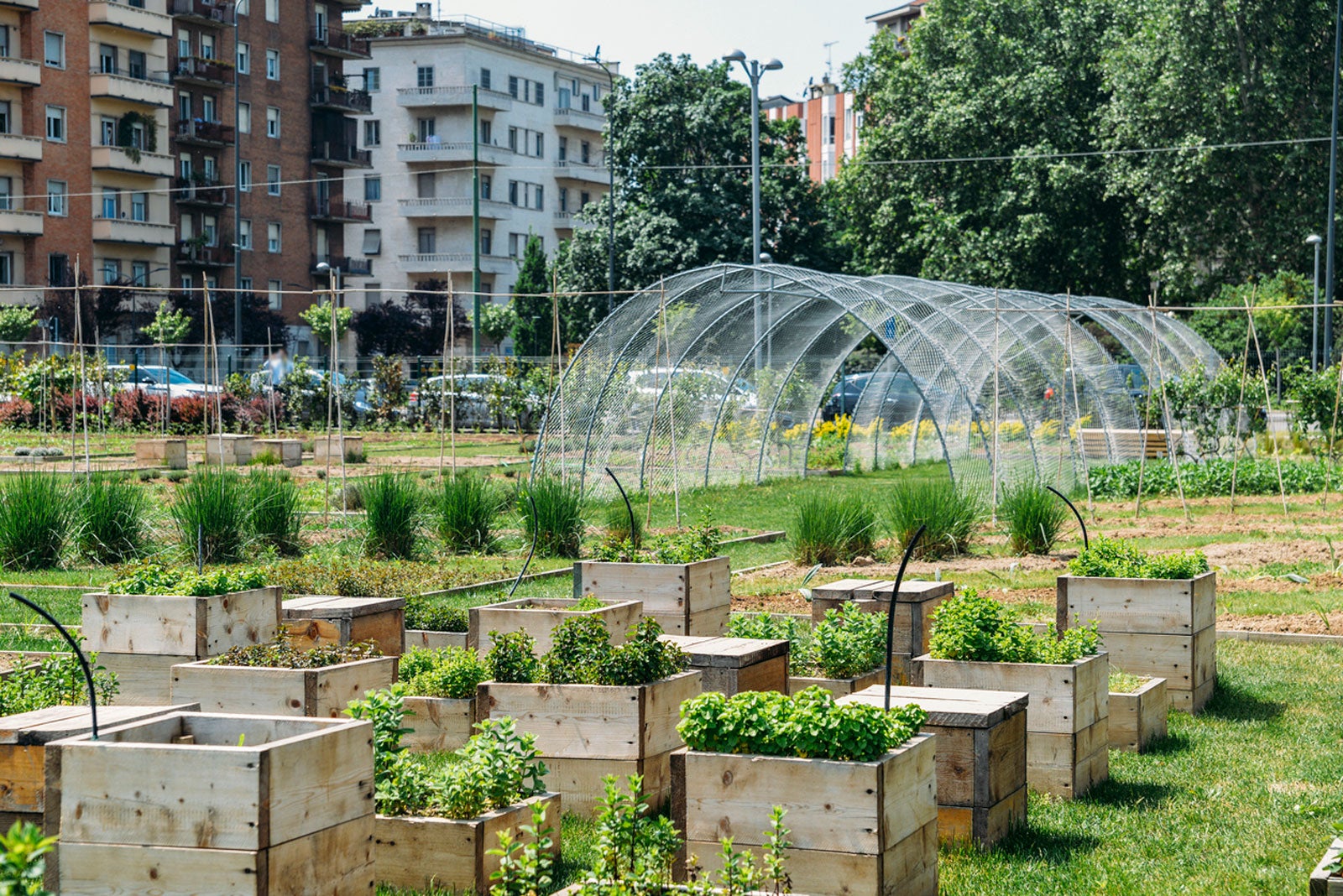Some Known Facts About City Blooming.
Some Known Facts About City Blooming.
Blog Article
Fascination About City Blooming
Table of ContentsUnknown Facts About City BloomingThe Best Strategy To Use For City BloomingHow City Blooming can Save You Time, Stress, and Money.Rumored Buzz on City BloomingThe Only Guide to City Blooming
Intrigued in expanding food to buy in the City of Chicago? Thinking of beginning a neighborhood yard? Changes to the Chicago Zoning Statute permit agricultural uses like area gardens and metropolitan ranches in many components of the city. Below is a list of often asked inquiries relating to the regulations and policies that farmers ought to consider when preparing an urban agriculture project.
The zoning amendment does not modify any type of various other codes dealing with composting, building permits, purchasing or leasing City had building, business licenses or environmental contamination. There are existing codes that regulate these issues and they remain completely effect and may be appropriate to your job. Neighborhood gardens are commonly possessed or taken care of by public entities, public companies or community-based companies and kept by volunteers.
Urban farms expand food that is meant to be sold, either on a not-for-profit or for-profit basis. Due to their industrial purpose, urban ranches need an organization permit.
8 Simple Techniques For City Blooming
Composting is allowed however only for plant product that is generated and made use of on site. The quantity of compost material can not go beyond 25 cubic yards at any type of provided time according to the standards in 7-28-715 of the City's Municipal Code. Yes. Because the soil at most brand-new garden sites requires amending, compost, soil, timber chips, or other products can be acquired to build or boost the growing room - sustainability.

If a building license is needed then the hoophouse will certainly be taken into consideration an accessory structure. You can figure out more concerning the building permit requirements by contacting the Division of Structures. The 25,000-square-foot dimension restriction is planned to stop a solitary area garden from dominating an offered block or detracting from the block's existing residential or industrial personality.
The limitation does not apply to gardens situated in visit our website Public Open Area (POS) districts. Can there be greater than one neighborhood garden that is 25,000 square feet on a solitary block? Yes. The size limit relates to individual yards, not to private blocks. No. Fence is not needed, however, yards that have big parking lot might be needed to set up secure fencing or various other landscaping features.
The Buzz on City Blooming
B1 & B2 areas need that all industrial use activities be conducted indoors. Is fencing needed for city ranches? Fencings might be called for, along with landscape design and testing, for specific parking locations and outside work or storage locations depending on area and the certain activity taking area.
Yes. Urban farms require building permits and zoning approvals before construction. Other kinds of city review may be required depending on specific structures, activities, size, landscape design, licensing, public health and stormwater administration problems. Much of these demands are determined in the task design or allowing process, nevertheless, the candidate might be responsible to independently recognize certain licenses or permits that might be required.
Yes. The kind of certificate is determined by what is occurring at the site. The Division of Company Matters and Customer Security can assist determine the particular sort of company certificate that's needed. Yes. Off street car park is needed for most commercial jobs in Chicago. The called for variety of car parking rooms is based upon the number of workers servicing website and not the square video footage of the expanding space.
Some Known Incorrect Statements About City Blooming

Yes. A metropolitan ranch can offer compost material created on website, however, the operation needs to adhere to the guidelines in 7-28-715 of the Chicago Municipal Code. Yes. Aquaponic systems are allowed inside your home on city ranches in many zoning areas. A zoning review and building permit is needed in order to install structures or systems and an organization certificate is required as described over.
Approximately 5 hives or nests of honey bees might be maintained as an accessory use. Beekeepers need to register with the Illinois Division of Farming. For more details concerning the suggested zoning amendment you might speak to the Department of Housing and Economic Growth, Bureau of Planning and Zoning at 312.744.8563.
, which takes area in rural areas at the side of residential areas.
A Biased View of City Blooming
It can include a movement of organic growers, "foodies" and "locavores", that seek to create social media networks based on a shared principles of nature and area holism. These networks can create using formal institutional assistance, coming to be incorporated into neighborhood town preparation as a "transition town" movement for lasting metropolitan development.
The more direct access to fresh veggie, fruit, and meat products that may be understood through city agriculture can improve food security and food security while decreasing food miles, resulting in reduced greenhouse gas discharges, thus adding to climate change reduction. Several of the very first evidence of metropolitan farming comes from Mesopotamia.
Report this page